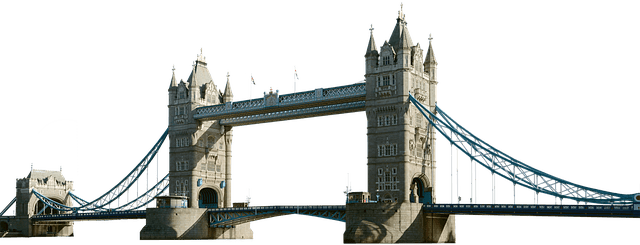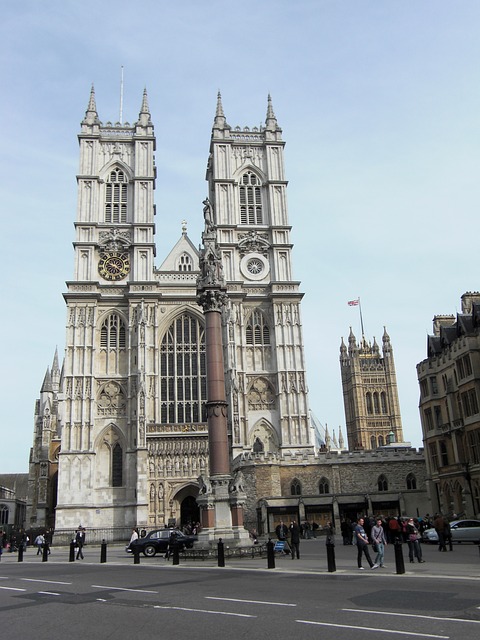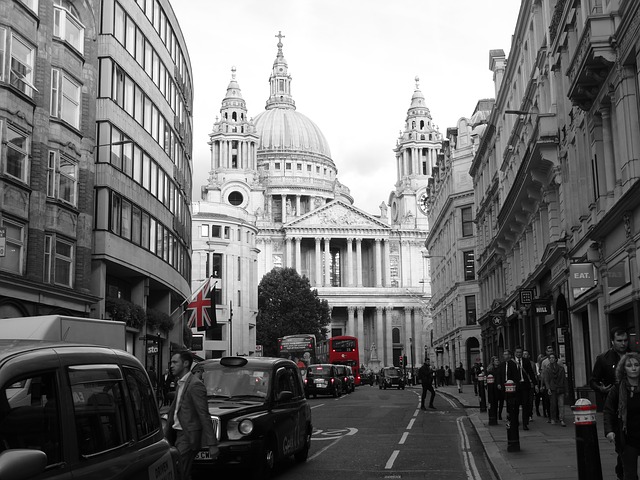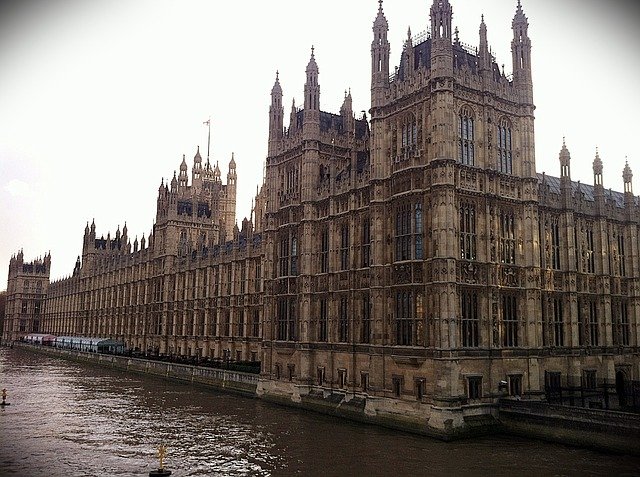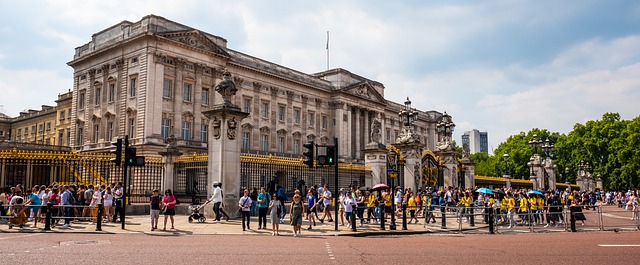Tower Bridge
Tower Bridge is an endless source of fascination for visitors. Many of those who visit the Tower of London often wait a long time to see the pavement cleared to allow an ocean-going vessel to enter the Pool of London. Although the two scales carrying the causeway each weigh over 1,000 tonnes, they can be lifted in less than two minutes. The bridge was built between 1886 and 1894 by the City of London Corporation to connect the south-eastern suburbs with the city and east London. It cost more than a million pounds.
Since its solemn inauguration on June 30, 1894, Tower Bridge has become one of the main symbols of London. You can still admire its original hydraulic machinery, used until 1976, and enjoy a magnificent view from the upper deck. The time at which the weighbridge is weighed is given by Tower Bridge Lift Information.
Nearby is Tower Pier, the embarkation point for the river piers that take tourists on short trips to places of interest. The river foreshore in front of the Tower of London, which is part of the Tower grounds, is used as a fun beach by children. They have the late Lord Wakefield to thank for this open-air delight. In 1934, when he was Sir Charles Wakefield, he obtained permission from King George V to convert the shoreline into a playground by spreading hundreds of tons of sand on the gravel beach. It opened this year and has been popular ever since.
The history of Tower Bridge
The second half of the 19th century saw the development and growth of the East End. Foot and horse traffic increased intermittently, raising the question of how to organise a crossing of the Thames east of London Bridge. In 1870 a tube tunnel was dug under the river. It was used as an underground for a relatively short time and was eventually used only by pedestrians. Now there is a water pipe. So the tunnel did not solve the problem and in 1876 a special committee was set up under Sir A. Altman to find a way to cross the river.
The committee launched a competition to find over 50 designs. The winner was announced in 1884, when it was decided to build Tower Bridge. Construction was authorised by Parliament by an Act of Parliament in 1885. It specified the size of the bridge and the Gothic style of its design.
Construction of the bridge
Construction of the bridge, later called Tower Bridge, began in 1886 and took eight years. During this time five main contractors were involved in the process, D. Jackson, Baron Armstrong, W. Webster, H. Bartlett and W. Aarorol. 432 people were involved in the construction. The total cost of the bridge at the time was £1,184,000. Over 11,000 tonnes of steel were used in its construction.
The official opening of Tower Bridge took place on 30 June 1894 in the presence of the Prince of Wales (future King Edward VII) and his wife, Alexandra of Denmark.
In the early years of the bridge’s construction, the paths between the towers had acquired an unpleasant reputation as a haven for pickpockets and prostitutes. As they were rarely used by regular pedestrians, they were closed in 1910. The galleries were not opened until 1982. They are now used as observation bridges and museums.
Video
It is interesting to note that the bridge is more than 100 years old and is very busy thanks to the many tourists, but at the same time it is a very busy place. More than 40,000 people cross it every day (pedestrians, cyclists, motorists). In order to preserve the integrity of the structure, the speed of passage on the bridge – up to 32 km/h – and the weight of the vehicle – up to 18 tons.
https://www.towerbridge.org.uk/
https://goo.gl/maps/z2CyCMhecjLrVqNdA

